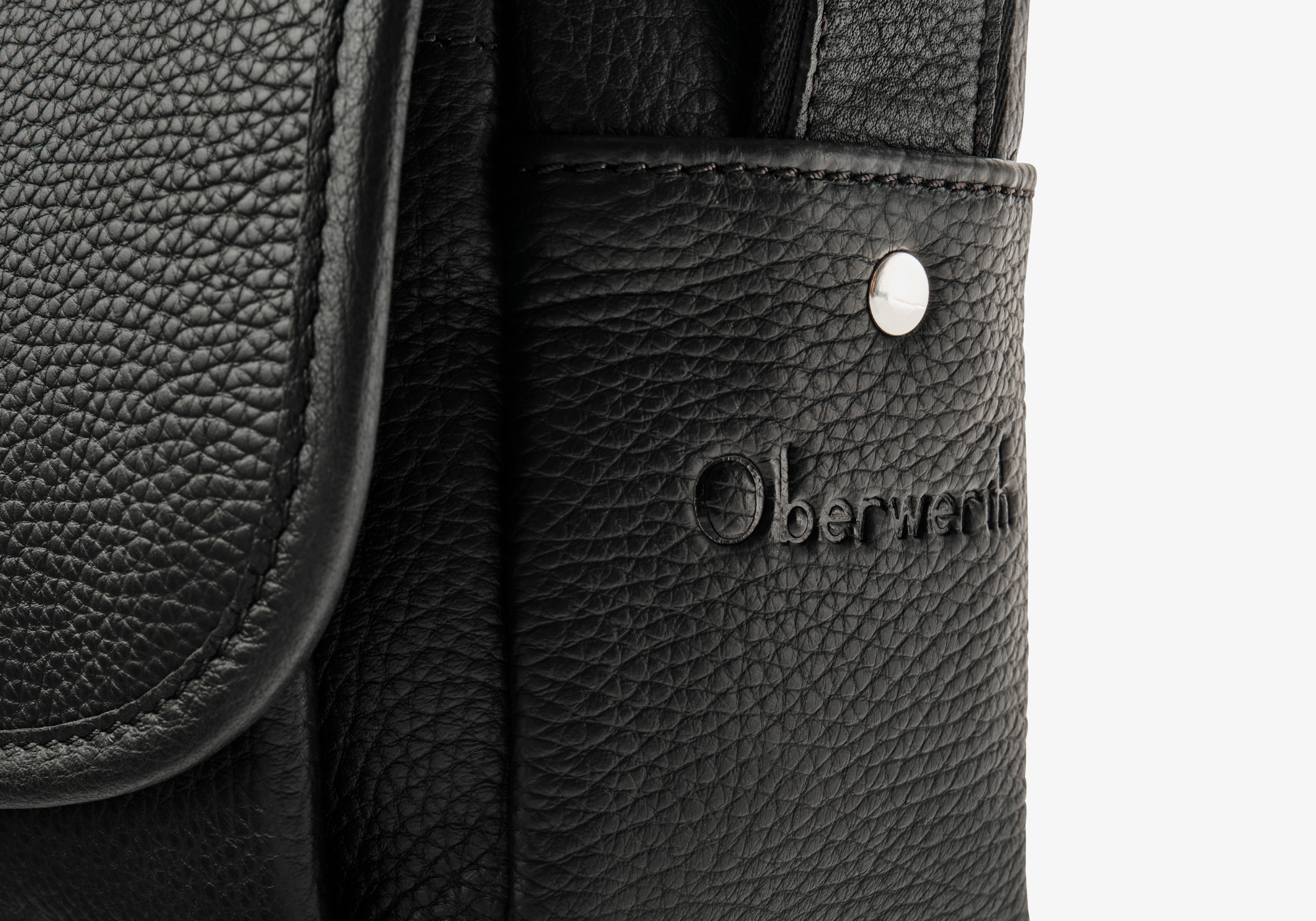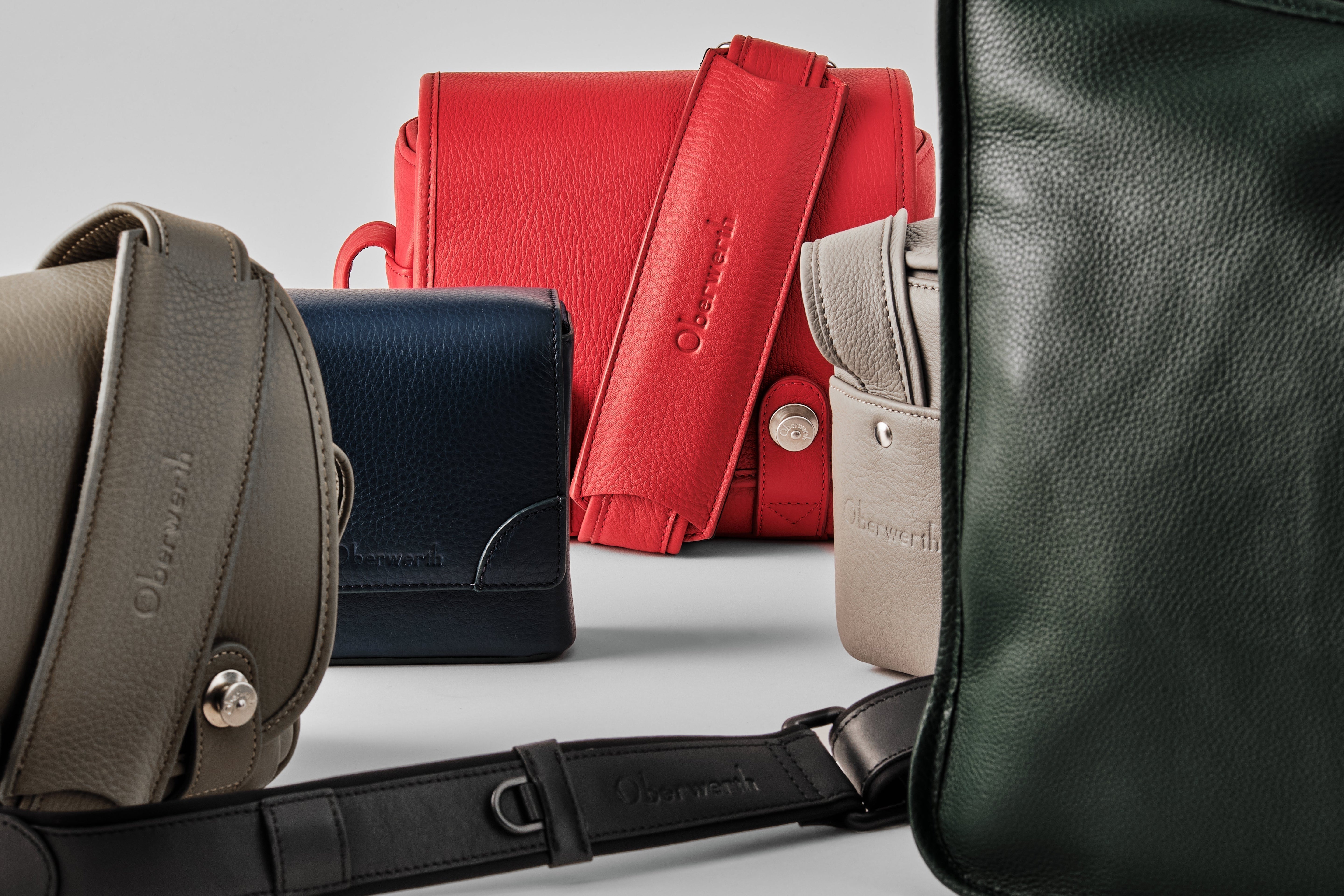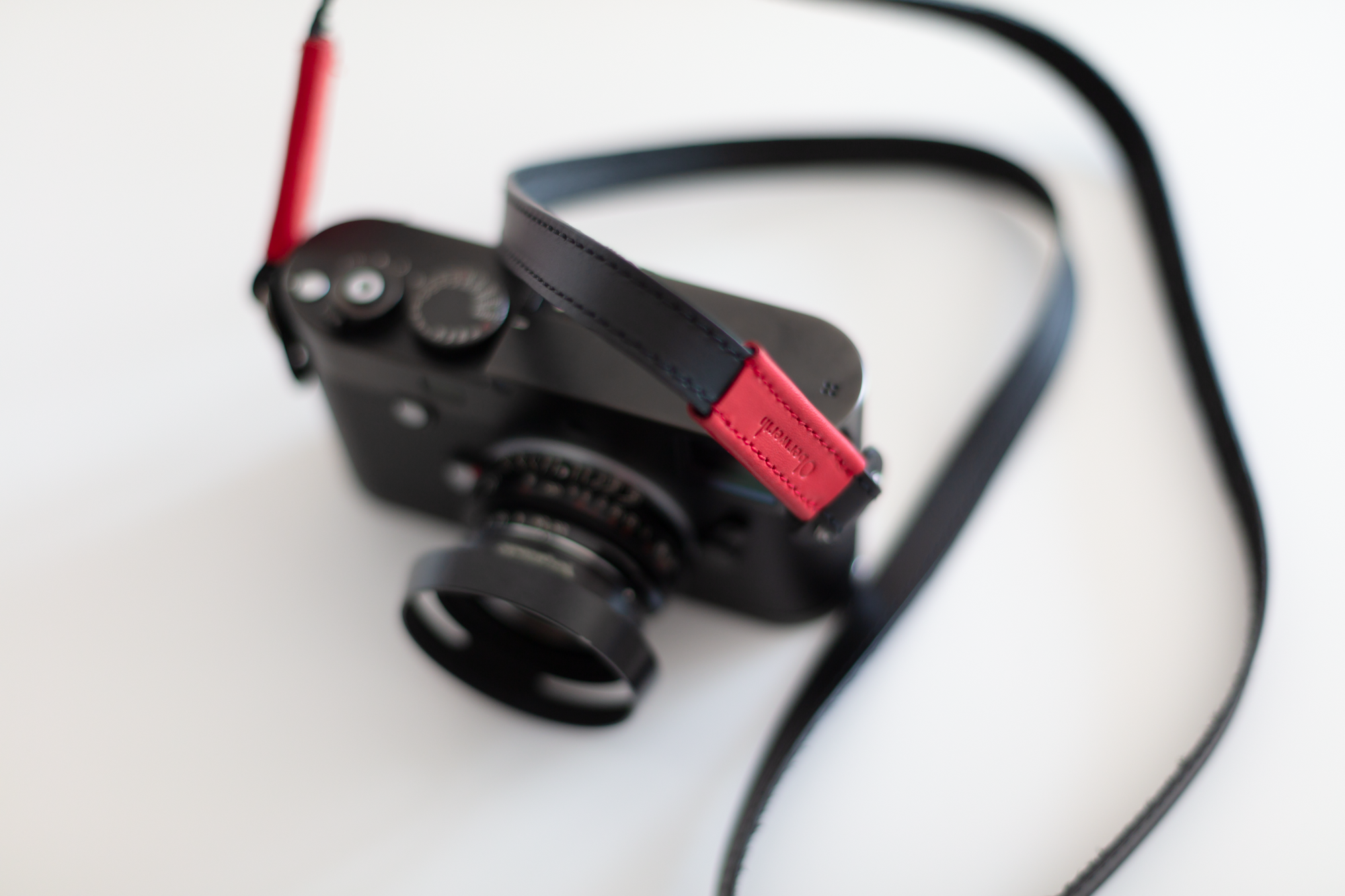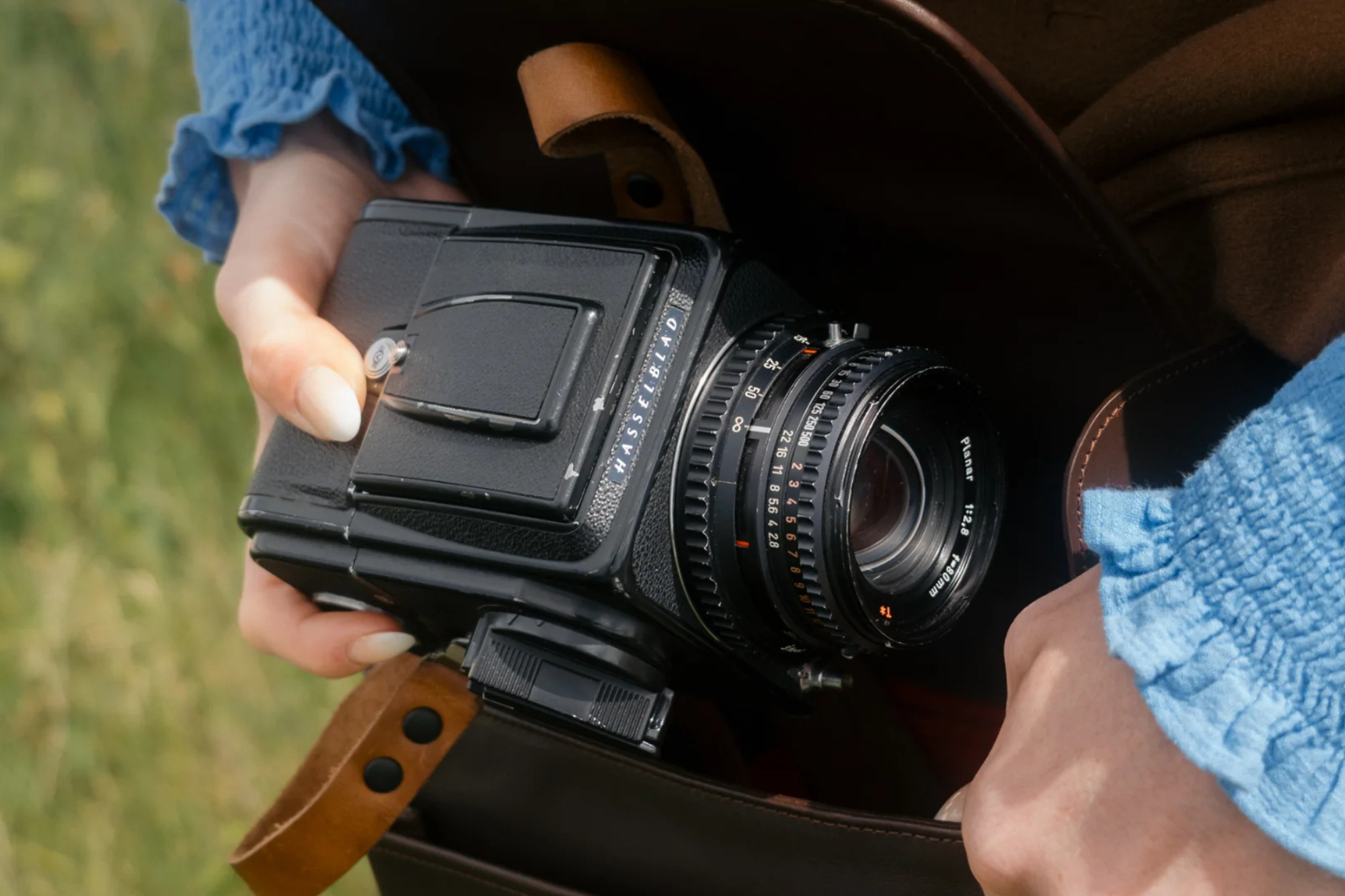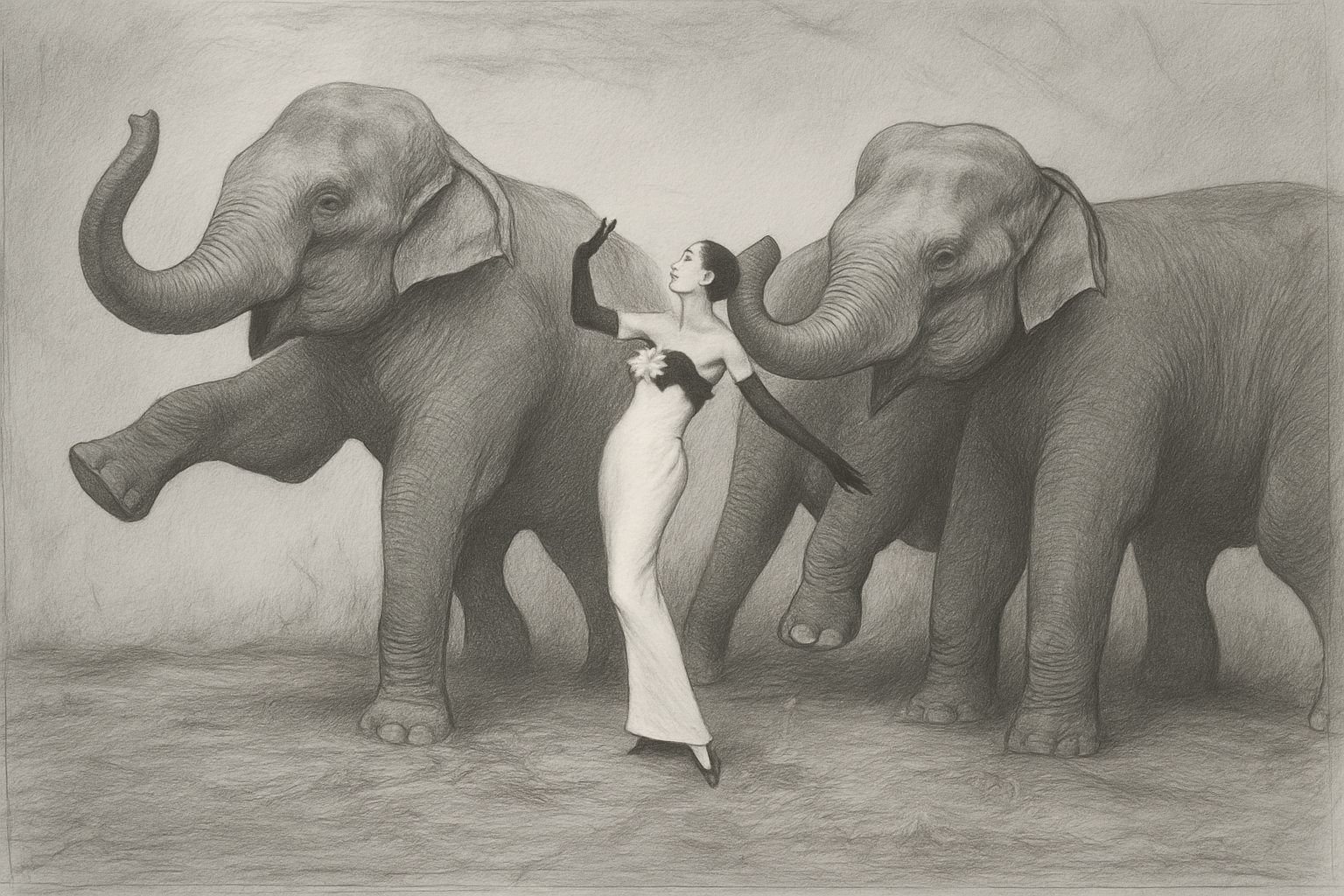
Light and shadow: The portrait techniques of Richard Avedon
Trendy consumption versus personality, luxury versus modesty, light versus shadow: these are stark contrasts that clash in the work of photographer Richard Avedon and characterize it just as much as his passion for distinctive portrait photography and experimental portrait techniques.
Richard Avedon's development as a fashion and portrait photographer
Richard Avedon (1923-2004) is considered one of the most influential photographers of the 20th century. His work ranges from fashion shots and memorable portraits of famous personalities to documentary photos of everyday life in the USA. The latter are characterized by the fact that they focus on "ordinary" people in an extraordinary visual language.
Born in New York City in 1923, Avedon showed an interest in photography as a young teenager, but it was only during his military service as a passport photographer in the merchant navy that he decided to become a photographer.
After the end of the war, he began working as a fashion photographer for Harper's Bazaar. As he had no studio of his own, he took his fashion photography to the streets, nightclubs or the beach, laying the foundations for his unusually dynamic fashion photographs, which benefited from the fact that he encouraged his models to move and dance and was thus able to capture the unplanned, random aspects of their gestures, facial expressions and poses.
If you want to capture the spontaneity and energy of the moment, you need freedom of movement and a camera bag that doesn't get in the way. A compact camera bag made of fine leather protects your equipment while remaining inconspicuous and elegant, perfect for flexible shoots between the studio and the street.
Initially viewed with skepticism, Avedon soon managed to convince Harper's of his qualities as a photographer, but after a few years he switched to Vogue, for which he worked for two decades before becoming the New Yorker magazine's first full-time photographer in 1992, giving new impetus to its portrait photography. At the same time, he continued to work as a fashion photographer for the French magazine Égoïste and pursued his own projects, including the portrait series "In the American West", alongside commercial assignments in collaboration with major names such as Calvin Klein and Versace.
Richard Avedon died on October 1, 2004 in San Antonio, Texas. During his lifetime, he had prepared the Richard Avedon Foundation, which began its work in August 2004 and continues to cherish his memory and archive his works today.
Richard Avedon's portrait photography
Although Avedon's work can be formally divided into the areas of fashion photography and portrait photography, it is also clear that the boundaries are fluid and that artistic and commercial work inspire each other.
For example, in his series of photographs of the actress Marilyn Monroe, Avedon not only captured her glamorous outfit and her "sex appeal", he also portrayed her as an extremely vulnerable personality with a gentle thoughtfulness. Conversely, Avedon's image of an unknown beekeeper with a naked upper body becoming a landing site for his bees is composed down to the last detail and bears the character of the "iconic" that is attributed to his portrait photographs of famous personalities.
Overall, the thematic breadth of his work confronts the viewer with the enormous diversity of human existence, which he sometimes captures with aesthetic, sometimes with ruthless clarity.
Richard Avedon's portrait techniques
One of the special features of Avedon's portrait techniques is that he uses a mostly light background to create the illusion of an empty space that is freed from any context, allowing the viewer to focus on the uniqueness of the people photographed and thus inviting them to fully engage with the subject.
In addition to the empty background, other aspects are typical of Avedon's portrait photography, including
- the use of a frontal perspective, which creates the impression that the viewer and model are confronting each other.
- the dramatizing staging by dispensing with colors and focusing on light, shadows, surfaces, strong contrasts and structures.
If you want to control light and shadow so precisely, you not only need the right eye, but also the right accessories. A camera strap with cut protection ensures stability and safety so that you can focus your attention entirely on the lighting and composition.
In contrast to his fashion photography, in which Avedon relies heavily on dynamic poses and movements, his portraits are more static and strictly composed. His lighting technique in particular and his "relentlessness" towards supposedly disadvantageous depictions of his subjects earned him criticism from various quarters, as his technique was judged to be "relentless" to "brutal". Avedon countered this by stating that a picture is not a fact, but an opinion and therefore depicts a view, not a truth.
Light and shadow in Avedon's photography
Connoisseurs of Avedon's photography consider light and shadow to be important characteristics of his portrait photography. These components come into their own above all because he relies heavily on two-dimensionality, and thus on a composition of the images that reveals the personality instead of blurring essential features.
For portraits that show personality, every detail counts - including the equipment. A messenger bag with a soft lining and clear structure protects your camera just as uncompromisingly as Avedon placed his subjects in the light.
The techniques he used to achieve these results included working with hard directional light that emphasized the surface, as well as black and white photography - a technique that didn't get every one of his models excited about the results.
Photographic techniques of Richard Avedon
Richard Avedon's technical equipment included the large-format Deardoff camera (8 x 10), which he often used, as well as Hasselblad models such as the 500C/M medium-format camera, a large-format Sinar camera (4 x 5) and a Rolleiflex SLR camera. Lenses with long focal lengths enabled him to get particularly close to his subjects, while narrow apertures ensured maximum detail.
Avedon also used the Deardoff camera to work with large negatives. He was also known for extremely large prints that could be several meters high, which also had an effect on the relationship between the work and the viewer.
However, it was not the photographic techniques alone that gave his pictures their clear recognition value, but also the uncompromising attitude and willingness to confront with which Avedon approached his subjects in order to subject them to his ideas of meaningful portrait photography. However, this was usually preceded by long conversations, so that both photographer and model knew what and who they were getting involved with.








